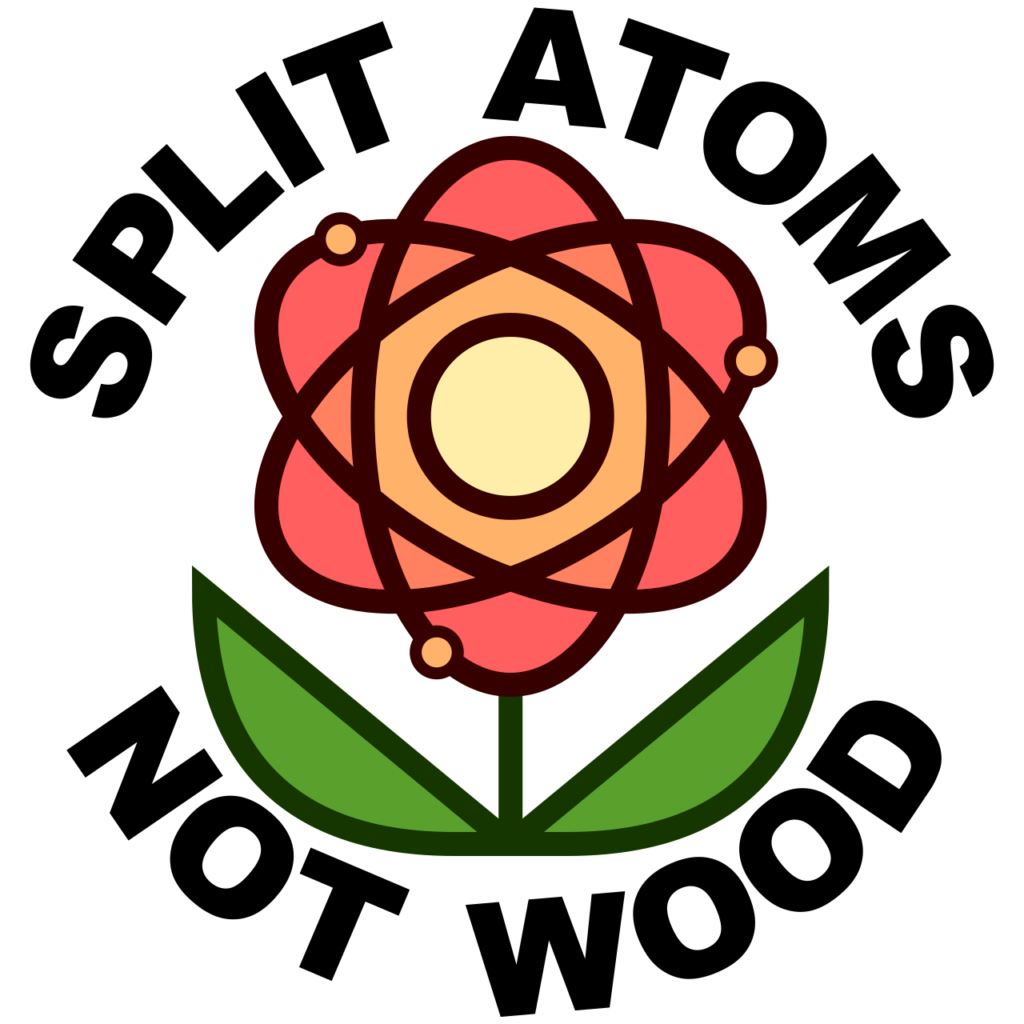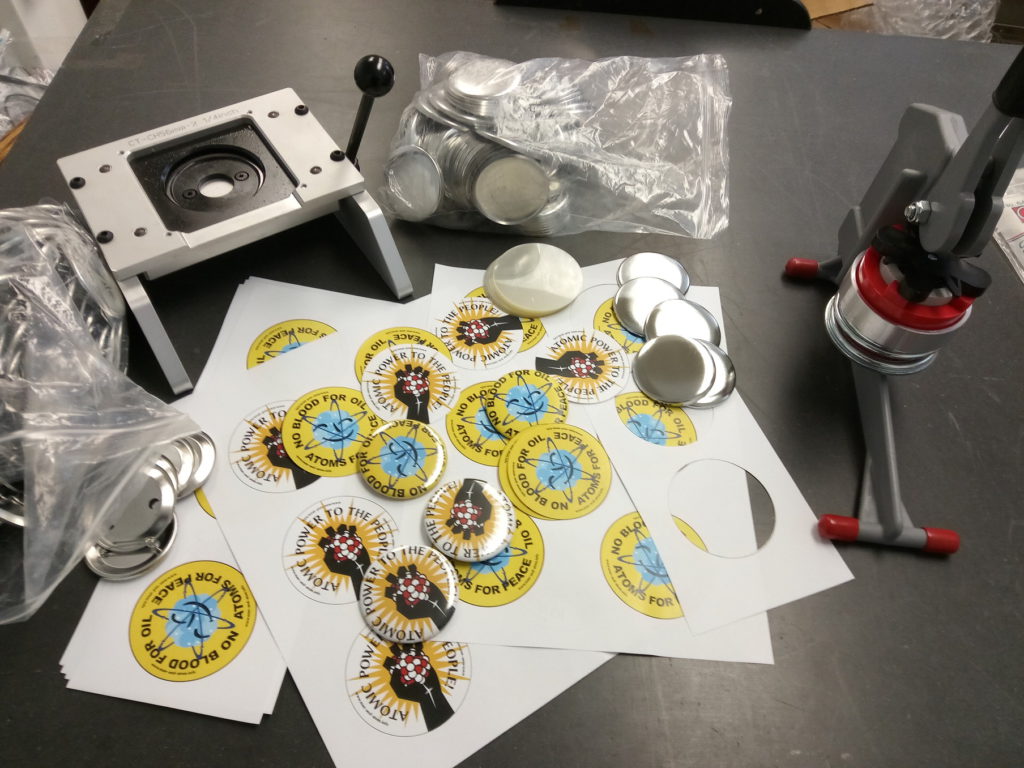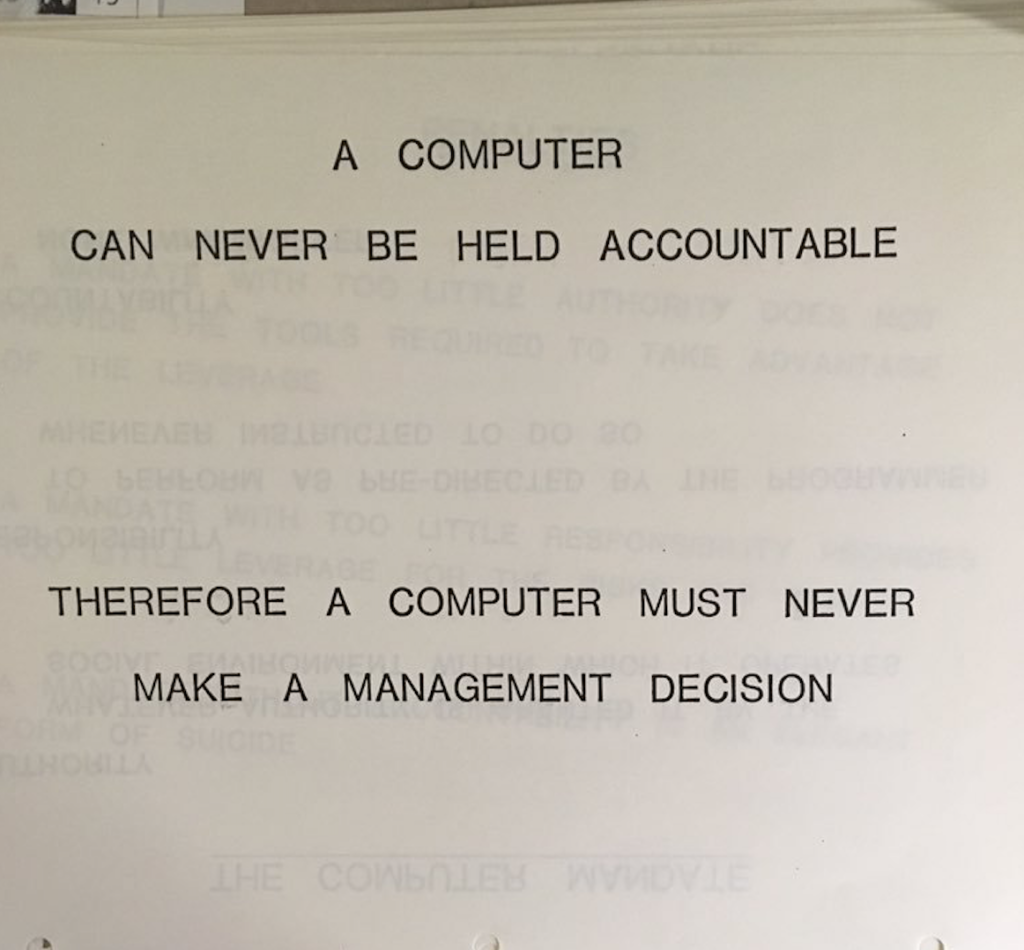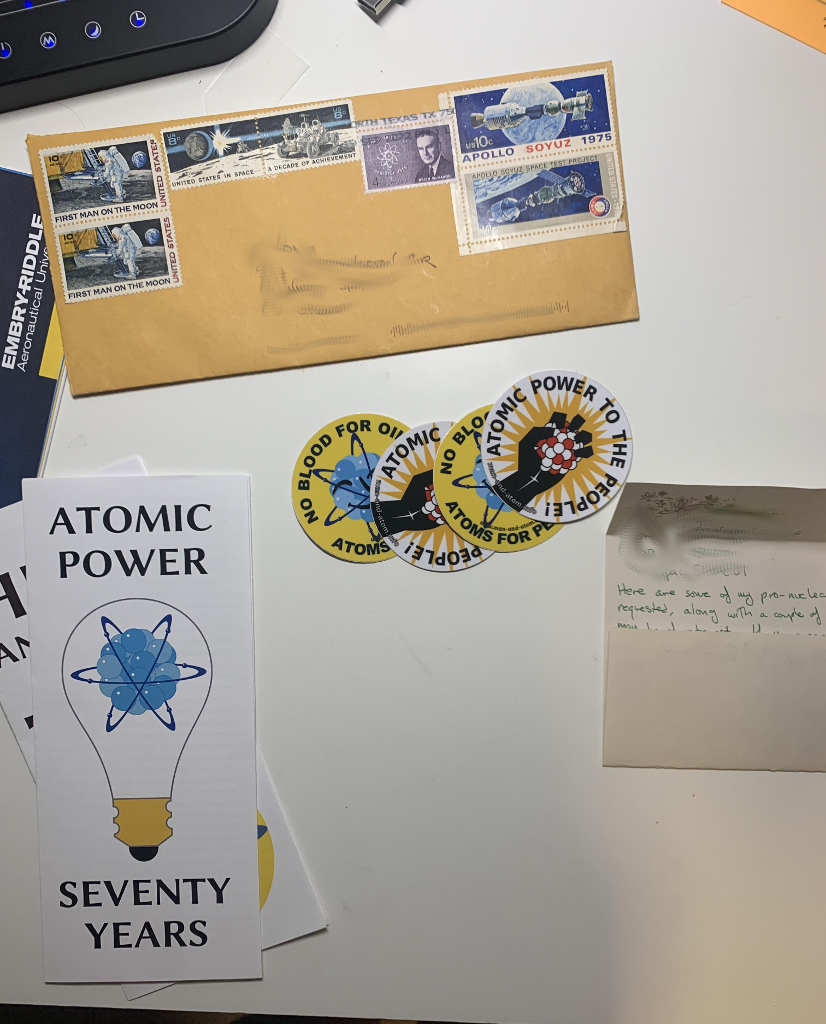Two quotations form the theme of this episode, which starts a little late, because I had to duck out of a Thanksgiving dinner. Yes, I set a timer, but when it went off there was still food on my plate! The meat of the episode is a consideration of the confluence of social and material conditions which define our modern world. Also I muse about aspects of immigration to space settlements, the generic problems of assimilation and diversity, and the great question of escape from the patron–client model of society, which could reasonably be cast as the central social problem of our time. (It all sounds very elevated until I name–check “Professor Steamhead” from Ninja High School.) And at the very end I mention a technological idea I had, which I might explain some more next week.

Supplementary Show
2022–11–29 I begin reading a biography of Count Rumford, that eminent patron of the sciences and useful arts. This came to me in the form of a little pamphlet reprinted from The Contemporary Review, volume XLIV, which appears to date it to 1883, over the name of J Tyndall. This appears to denote John Tyndall FRS, who was at the time Professor of Physics in the Royal Institution, founded by Rumford. Tyndall was very much interested (as Rumford had been) in the subjects of light and heat, and made a lecture tour of America in 1872, which corresponds to a reference at the beginning of the article.




